
Autumn leaves are the glory of the third season of the year. The golden yellows, oranges, and reds fill any landscape up with all sorts of color. They add layers and visual interest to landscape and nature photos. It’s no wonder they’re photographed so much. With autumn descending upon us, it’s a perfect time to discuss how to photograph fall leaves.

First, a disclaimer. I’m a landscape photographer. I’ll share this from a landscape and nature photographer’s perspective. There are other perspectives on photographing fall leaves for other genres of photography such as weddings and portraits, but I won’t be covering those here.
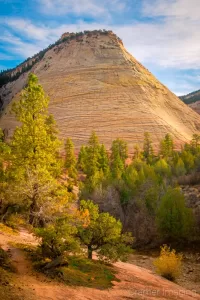
The first thing to note is, as with spring flowers, there’s a certain peak window to catch fall leaves in. However, unlike spring flowers, fall leaves don’t have a continuous season where other varieties become prominent. We don’t have a snowdrops/crocuses to roses season. When the leaves change color for the season, there’s about a 3 week window to catch them at their best or you miss it. The only variation on this window involves changing elevations and climates.
Tropical and sub-tropical climates will never see leaves change color. The sun never changes its angle enough to prompt the color change. Those parts of the world don’t tilt so far away on the Earth’s axis no matter what time of year. Only more temperate to polar regions will see fall leaves change color. Higher elevations will often behave like polar regions so we can easily lump them together into one category that way.
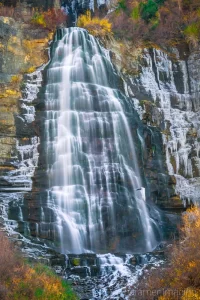 Once the sun changes angle enough, leaves change color no matter the temperature. However, some plants will begin showing signs of color faster than others will. Higher elevation plants as well as those at higher/lower latitudes (closer to the North or South Pole respectively) will begin changing color first. Then, the color change will progress down to more temperate regions in both latitude and elevation. If you want to photograph fall leaves, you must work within this window or else the leaves will lose color and turn brown then fall off.
Once the sun changes angle enough, leaves change color no matter the temperature. However, some plants will begin showing signs of color faster than others will. Higher elevation plants as well as those at higher/lower latitudes (closer to the North or South Pole respectively) will begin changing color first. Then, the color change will progress down to more temperate regions in both latitude and elevation. If you want to photograph fall leaves, you must work within this window or else the leaves will lose color and turn brown then fall off.
Now that we’ve established when to photograph fall leaves, we’ll discuss more details of how to photograph fall leaves.
Consider using techniques such as the rule of thirds or simplicity when photographing fall leaves.
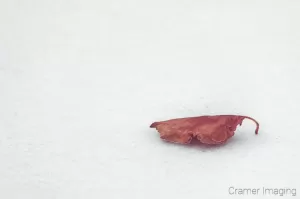
As you can see, the simplicity technique is a complete focus on the subject with no distracting elements. The subject need not fill the frame nor even be centered in the frame.
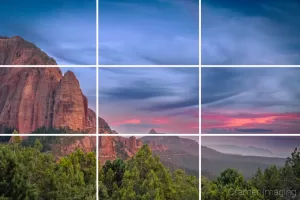
The rule of thirds divides the frame into nine even boxes forming a grid pattern. The major weight of the image happens along those dividing lines. The rule of thirds specifically avoids centering the subject in the frame.
Fall leaves are just like any other photo subject. They shine (or glow) best when you use proper composition techniques in your photography. Remember you can also stack techniques together and give your autumn leaves photos maximum impact.
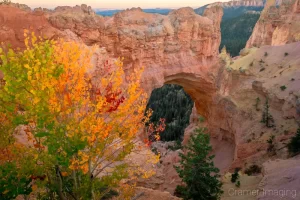
If you want to dive in a bit deeper with photography composition techniques, then check out this article on 5 photography composition techniques. There I cover a couple other techniques not mentioned here.
Sadly, just as with many other things in life, fall leaf photos suffer from too much sunlight. If you plan on shooting photos of fall leaves, then please consider just how bright certain parts of your photos will be and how dark other parts will be. You lose details in those areas of your photos. Harsh direct sunlight creates that problem.
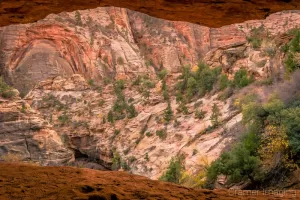

If you want to avoid the harsh direct sunlight issue, then find ways and times when the sun won’t interfere. Shoot photos in the shade where the light is even. Better yet, shoot photos during golden hour. Then you don’t have to worry about finding big enough shade to photograph your fall leaves. Thanks to their warm color palette, fall leaves benefit greatly from the warmth of sunset. They practically glow.
You’ve chosen a time of year and a location where the wind kicks up randomly. Leaves easily blow around in the wind and make your photos difficult at best. You need patience and a quick hand to capture the kinds of photos you see displayed here, especially the macro ones. To make your life easier, I highly recommend using a tripod to photograph fall leaves where possible.
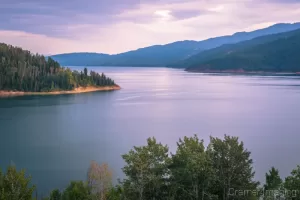
With a tripod, you won’t worry about your composition changing that much on you in between gusts of wind. You won’t worry about heavy gear making you shift around a bit and changing your focal plane on you.
Have you ever looked at an autumn leaf up close? They often display such variegation. We don’t often notice that. So, try shooting photos of autumn leaves up close. You can go full macro or simply try a close-up shot. For this, I highly recommend that tripod.
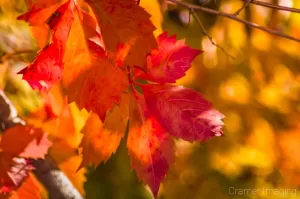

If you can add bokeh to your photos, so much the better. To learn more about creating soft bokeh in your photos, check out this article on the subject.
You might even try back-lighting fall leaves in order to draw out details such as veins. Just be careful when you do. Don’t burn out your sensor with direct sunlight.
You’re probably tempted to simply get the tree in full camera frame then snap a picture. So many people follow that path. However, you might try other paths with fall leaves. Sure, you can simply put the tree in frame and click the shutter. That shot works well. But take time and try something else too.
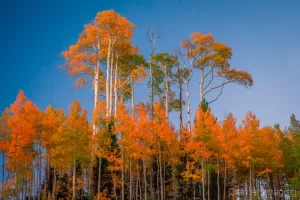
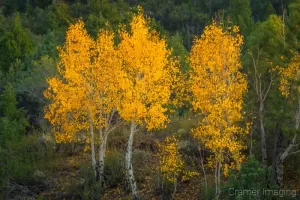
Perhaps you might incorporate a nearby landscape feature into frame with the colored leaves and trees. With this idea, you can make the colored leaves the focus or simply an accent.
If you find the right setting, you might even make the fall leaves distant color in the landscape. You need the right landscape scene for sure. However, if you find such, then the photos often turn out amazing.
Not all fall leaf photos need include trees. Sometimes the fallen leaves are the gold instead (pun sort-of intended). If you find a pile of freshly fallen leaves, you might have an opportunity. Try incorporating other elements into the photo. Perhaps there’s something natural you can add. You might also arrange something seasonal but less natural instead.
If you’re really lucky, you might capture an animal in frame with your autumn leaves. I don’t experience much luck with wild animals, but your luck might be different than mine. Your pet might also work if the pet will hold still long enough. See what you can do with what is in front of you.


Photographing fall leaves is all about making the colored leaves glow. The contrast speaks for itself if you’ve done your job right. With proper composition, tools, technique, and timing, you should capture beautiful fall leaf photographs to show off. Make sure that you capture the photos you want in the window of time available to you. Otherwise, you must wait another year for another chance.
Please do feel like showing off your new fall leaves photographs with me. I’d love to see what you’ve captured.


Receive monthly updates in your inbox from us.

Join our email-only photo of the week club to get the full stories behind how we captured our favorite fine art landscape photos.
We respect your privacy
No More Results